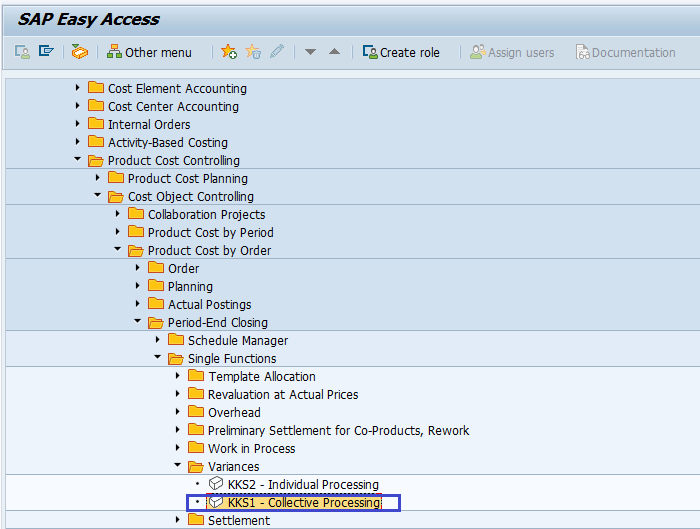What is a SAP Calculation?

A SAP calculation is a measurement of a home’s energy efficiency. It is determined by a scale of 1 to 100 and is required by Building Regulations. An assessor certified by the government calculates the calculation. An accredited assessor will perform the calculation. In many instances the allowance is exceeded by the home. Our guide gives more details on SAP tests.
Building Regulations require the use of a SAP calculation
The SAP calculation calculates the energy efficiency of a building before it is constructed. This assures that it is in line with modern energy standards. It also shows the running cost of the property. It is usually required for new construction, but it may also be required for extensions or conversions. However, it has not always been mandatory.
The SAP calculation is an essential component of new home designs in the UK. It is a requirement of Part L of the Building Regulations. All new homes built in the UK must have an SAP rating. Performing a SAP calculation is not an easy task however it is a crucial part of the construction process. It is vital that the building be in compliance to the latest Building Regulations. If it fails to meet the requirements, Building Control will not sign off the property.
It measures the energy efficiency of a home.
The SAP calculation evaluates a home’s energy efficiency by analyzing a variety of different variables. Among them is the amount of energy required to keep the house’s internal temperature at a constant level throughout the year. The calculation gives two main outcomes: the Target Fabric Energy Efficiency (TFEE) and the Dwelling Emission Rate (DER). Both are the minimum standards for new dwellings. Constructions that meet these standards may be deemed to be compliant with UK’s regulations.
The SAP calculation is typically used in conjunction with the Energy Performance Certificate (EPC) assessment, which is the official benchmark of the government for energy efficiency. It is a number between 100 – 120 that determines a house’s energy bills for the coming year. Higher SAP ratings translate into lower running and fuel costs, which in turn results in lower CO2 emissions.
It is based on a scale of 1 to 100
There are many elements that can affect the SAP result. Some of these factors are out of your control, but they will be included in the calculation. For instance, air testing is required almost every day. Although it’s not a mandatory requirement but it can help you determine the efficiency of your heating system.
To compare the energy efficiency of different homes, the SAP calculation uses a scale ranging from 1 to 100. A higher SAP rating implies lower fuel costs and CO2 emissions. A house with a higher SAP rating can export energy, which reduces its dependence on electricity.
It is made by a certified assessor
SAP calculations can be very helpful in avoiding costly errors during the planning phase of a construction project. sap calculation employs mathematical modeling to calculate the energy efficiency of your building. It compares your building plans to the hypothetical building with similar size, shape, design, and location. This information is used to calculate the building’s target emission rate. This is a measure for carbon dioxide emissions.
After the SAP calculation is completed and the assessor is certified, he will prepare a report for both the client and designer. This report will be known as the Predicted Energy Assessment, which provides a rating of energy performance based on the design agreement. All newly constructed dwellings will be required to pass an Air Pressure Test. The client must give the assessor the results of this test, and will inform the assessor of any amendments made to the specifications. The assessor then edits the SAP Calculation to ensure that the finished dwelling is compliant with the requirements of Part L.
It takes an extended time to obtain a PASS
You are not the only one who is denied the SAP PASS. There are many reasons why you might not be able graduate within the time frame you are permitted, including circumstances that are extenuating. One reason is that you are not able meet the requirements for your degree program. In such instances you can appeal the decision to the SAP Appeal Review Committee.
Students can submit an academic plan to prove that he or she can be back to SAP standards and meet the primary criteria within an acceptable timeframe. This typically means four years, but should it be necessary, it might take longer. Additionally it is important to inform SAP of any new program of study that the student is enrolling in.